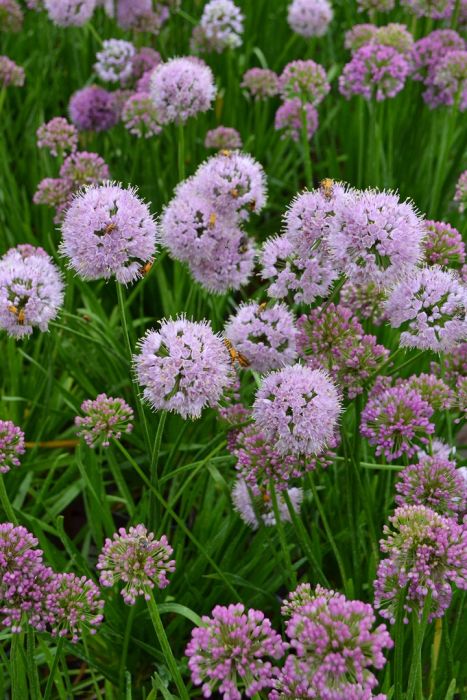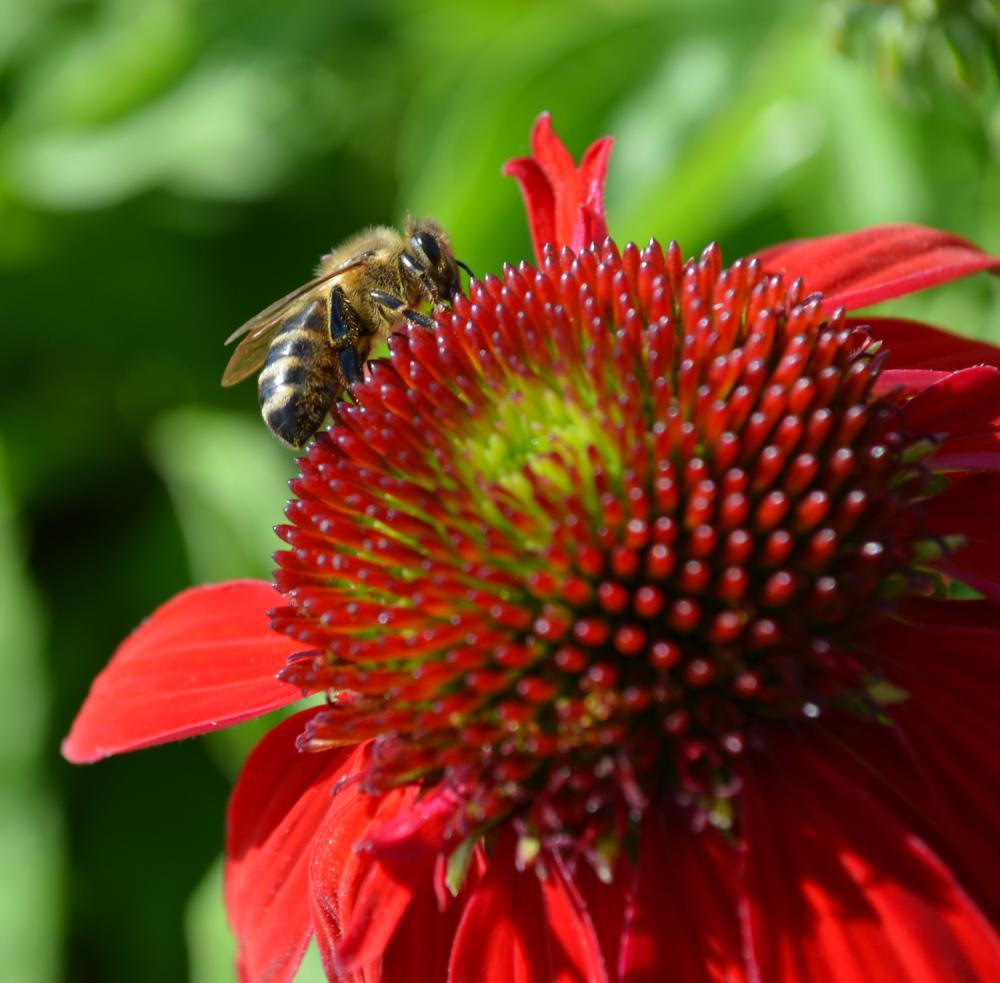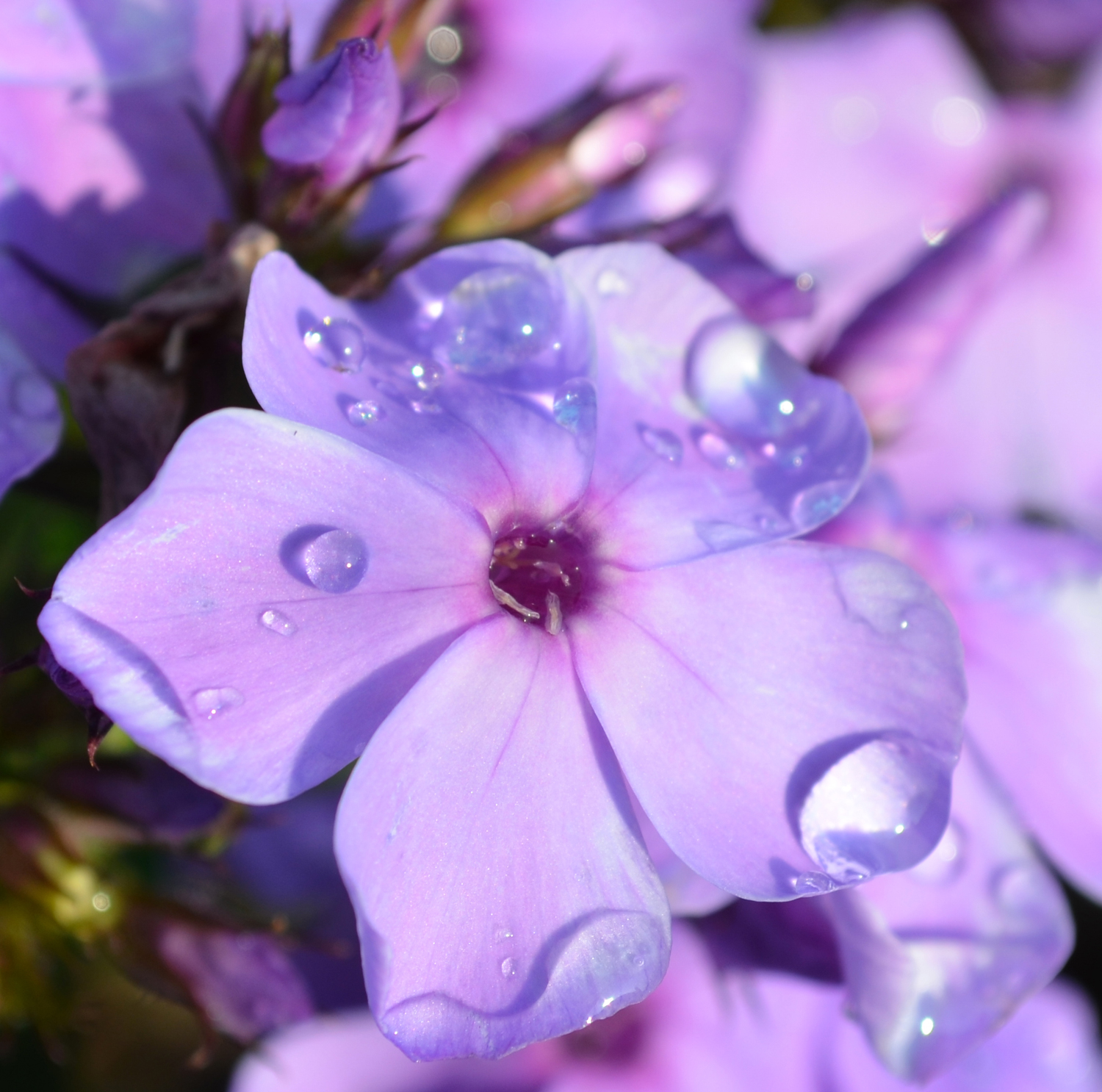Allium, Ornamental Onion 'Millenium'




- Sun Preference
- Full-Sun
- Bloom Time
- July, August
Description
2018 Perennial Plant of the Year. Clusters of rosy purple, sterile flowers adorn this carefree perennial in mid to late summer. The beautiful blooms attract a copious amount of butterflies and bees; deer and rabbits leave the glossy green leaves alone.
Minnesota's Largest Selection of Perennials
Discover an unparalleled selection of perennials at Gertens! With the largest variety in Minnesota, we offer endless options of colorful perennials, natives, and pollinator plants to beautify your garden year after year. From vibrant flowers to lush foliage, our perennials are perfect for adding beauty and charm to your outdoor space. Visit Gertens today and see why we're known as Minnesota's Destination Garden Center!
Details
Millenium Allium | Allium 'Millenium'
Height: 20 inches
Spread: 15 inches
Sunlight: full sun
Hardiness Zone: 4b
Other Names: Flowering Onion, Ornamental Onion
Brand: Gertens
Description:
A spectacular ornamental onion forming an upright clump of glossy green, thick, strappy leaves; a profusion of lilac-purple rounded clusters of flowers in mid-summer; impressive when massed in groupings; great as a long lasting cut flower
Ornamental Features
Millenium Allium features bold balls of lightly-scented lilac purple flowers with purple overtones at the ends of the stems in mid summer. The flowers are excellent for cutting. Its attractive glossy sword-like leaves remain dark green in color throughout the season.
Landscape Attributes
Millenium Allium is an open herbaceous perennial with tall flower stalks held atop a low mound of foliage. Its relatively coarse texture can be used to stand it apart from other garden plants with finer foliage.
This plant will require occasional maintenance and upkeep, and should only be pruned after flowering to avoid removing any of the current season's flowers. It is a good choice for attracting butterflies to your yard, but is not particularly attractive to deer who tend to leave it alone in favor of tastier treats. It has no significant negative characteristics.
Millenium Allium is recommended for the following landscape applications;
- Mass Planting
- Border Edging
- General Garden Use
- Container Planting
Planting & Growing
Millenium Allium will grow to be about 20 inches tall at maturity, with a spread of 15 inches. It grows at a medium rate, and under ideal conditions can be expected to live for approximately 5 years. As an herbaceous perennial, this plant will usually die back to the crown each winter, and will regrow from the base each spring. Be careful not to disturb the crown in late winter when it may not be readily seen! As this plant tends to go dormant in summer, it is best interplanted with late-season bloomers to hide the dying foliage.
This plant should only be grown in full sunlight. It does best in average to evenly moist conditions, but will not tolerate standing water. It is not particular as to soil type or pH, and is able to handle environmental salt. It is highly tolerant of urban pollution and will even thrive in inner city environments. This particular variety is an interspecific hybrid. It can be propagated by multiplication of the underground bulbs; however, as a cultivated variety, be aware that it may be subject to certain restrictions or prohibitions on propagation.
Millenium Allium is a fine choice for the garden, but it is also a good selection for planting in outdoor pots and containers. With its upright habit of growth, it is best suited for use as a 'thriller' in the 'spiller-thriller-filler' container combination; plant it near the center of the pot, surrounded by smaller plants and those that spill over the edges. Note that when growing plants in outdoor containers and baskets, they may require more frequent waterings than they would in the yard or garden. Be aware that in our climate, most plants cannot be expected to survive the winter if left in containers outdoors, and this plant is no exception. Contact our experts for more information on how to protect it over the winter months.
More Information
| Common Family Name | Allium |
|---|---|
| Gerten Grown Plants | Gerten Grown Plants |
| Sun Preference | Full-Sun |
| Bloom Time | July, August |
| Mature Spread (Range) | 12" - 24" |
| Mature Height (Range) | 13" - 24" |
| USDA Hardiness Zone | 4, 5, 6, 7, 8 |


